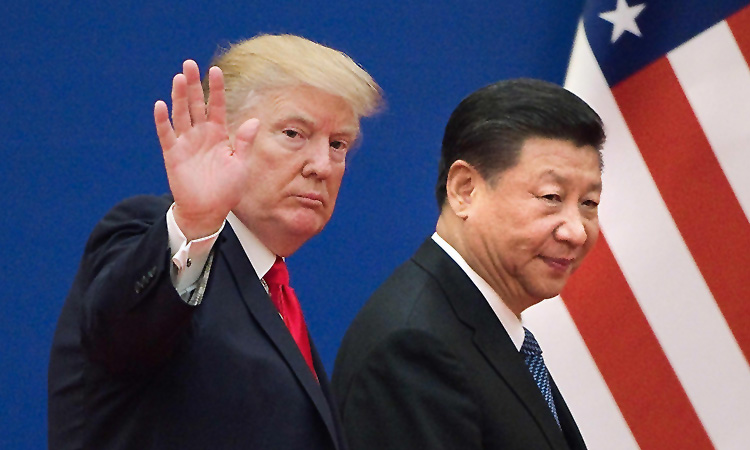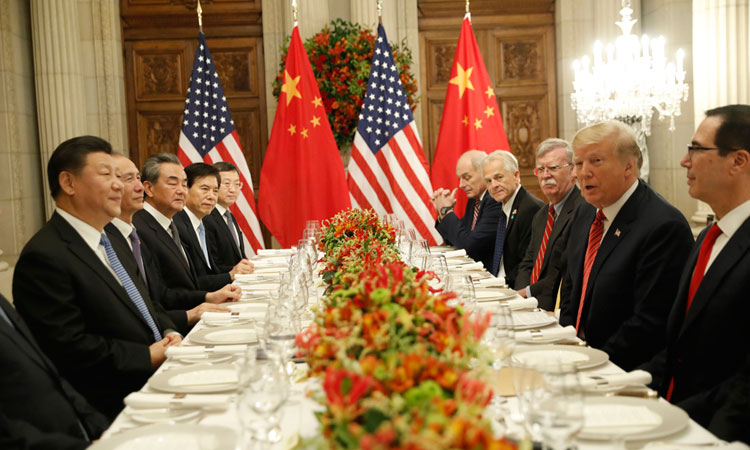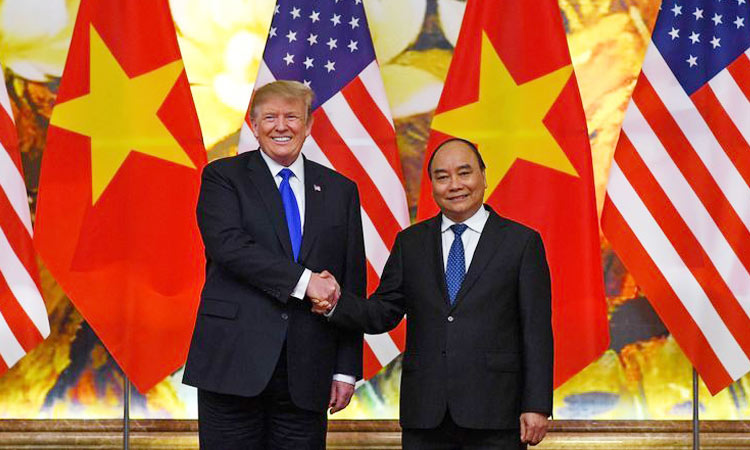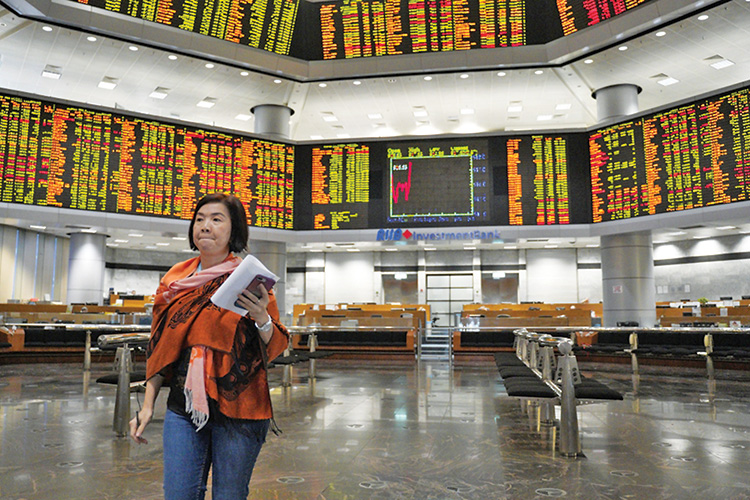Critical issues that could kill US-China trade progress

Donald Trump and Xi Jinping.
John Manzella, Tribune News Service
President Donald Trump has called out China for unfairly subsidising its state-owned enterprises, not enforcing intellectual property protections, placing trade restrictions on US firms, and pressuring them to hand over technology in exchange for market access. If these problems are eliminated, more US companies will invest there. But is this what Trump wants?
Although we can›t read his mind, the United States-Mexico-Canada Agreement, or new NAFTA, may provide some insight. If ratified by Congress in its current state, the sunset provisions will create uncertainty by making it easier to terminate the agreement. And the weakened investor-state dispute settlement mechanism will make it more difficult to remedy legal battles. Consequently, US firms may think twice about investing in our North American partners. But that›s not all.
The requirement that a significant percentage of automobile content be made by workers paid a minimum of $16 an hour will make production in Mexico even less attractive. As a result, many believe the USMCA is partly designed to discourage US firms from investing there.
If the administration›s game plan is also to deter US companies from investing in China, its demands may be at odds with what it really wants. If the administration›s agenda is to force China to further reform its economy at a quick pace, and in doing so remove trade irritants, it may be disappointed. Here›s why.
Over the past 35 years, China›s economic system has lifted more than 500 million people out of poverty. Much of its success has been attributable to economic reforms that integrated China into the global economy and began transitioning it from a state managed economic system to a more market oriented one. But that reform process has slowed; some argue it has even stopped or reversed.
Economists agree that China needs to restart economic reforms if the country wishes to eliminate many of its problems. And this may be especially true for the country to achieve levels of sustainable growth necessary to absorb new entrants into the workforce each year.
But in the short-term there is a delicate balance between implementing reforms, which often demand reductions in industry support, and higher levels of unemployment, which often follow. Let me explain.
A prime target for reform are state-owned enterprises, which are highly subsidised by the government. As a result, many have become bloated, perform poorly, and put a drag on the economy. On the other hand, they are large employers, provide a degree of stability during periods of slow growth and high volatility, and are a means of control by the Communist ruling party.
If reductions in support were to be implemented, many believe it must occur at a pace that doesn›t cause unemployment, tensions and social unrest to rise — something feared by the leadership.
Government support also gives these state-owned companies an unfair competitive advantage over American firms, as well as privately-owned Chinese companies. Reductions in support would go a long way in alleviating US-China trade tensions.
For Chinese President Xi Jinping, the balance between implementing reforms and maintaining stability could be as dangerous as walking a tightrope in a high wire act. Consequently, it›s no surprise when he sends mixed signals indicating market forces should play a decisive role in the economy, while also stating state-owned enterprises should be stronger.
Although the agendas and abilities of Trump and Xi may not be clear, there are many directions US-China trade and relations can take moving forward. But a path of engagement that enables both countries to work constructively to overcome difficult obstacles would be the path leading to the greatest benefit for both sides.







